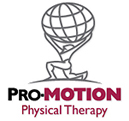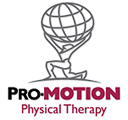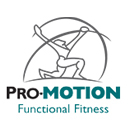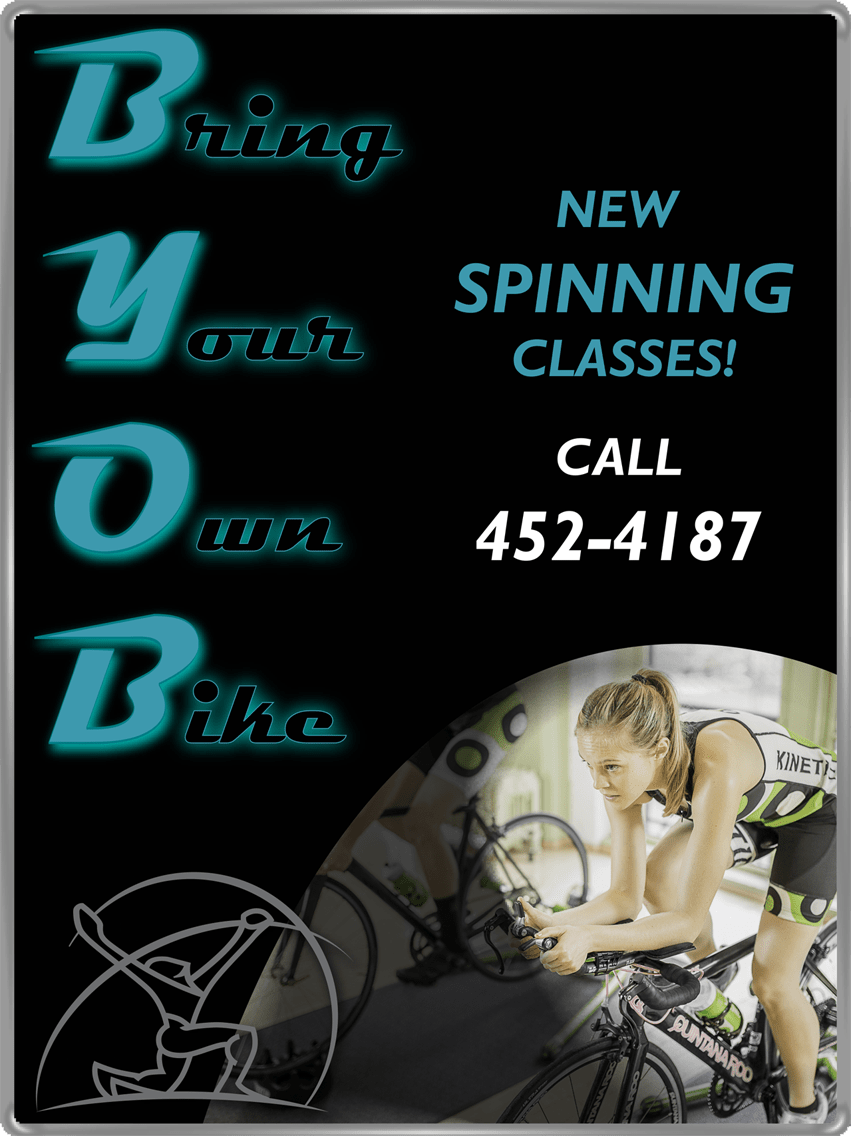FROM THE PROMOPT BLOG

It’s that time of year again. Big holiday celebrations and the coming of a new year leave the body full and the mind cluttered with memories of the past year and aspirations for the future. It can only mean one thing come January 1: resolutions! A new year means a new you. But what does it mean to set resolutions and stay with them? Phyliss Bottome notes, “There are two ways of meeting challenges: You alter the challenges or you alter yourself to meet them.” What does 2014 have in store?
Defining and connecting your goals to a clear purpose are the critical components of resolute resolutions, but before we dive into what that means, remember these three things:
- If you don’t go after what you want, you’ll never have it.
- If you don’t ask, the answer is always no.
- If you don’t step forward, you’re always in the same place.
As human beings, we are the only animals on Earth that have the ability to aim ourselves at a future state we envision. We can literally author our future. As an intentional system we can aim ourselves (like a human arrow) at targets. Intention, as described by scientists Kugler and Turvey, provides the dynamics for behaviors to emerge and sets the boundary conditions (pathway) for their emergence. With proper goal setting we not only create the will power to move toward the goal, but the goal itself serves as a magnetized target, which pulls you (the arrow) toward the bull’s-eye.
With these ideas in mind, goal setting is the first step in achieving your resolutions. We all naturally orient ourselves toward goals that fulfill us in mind, body, and spirit. This integration is what leads us to health and high quality of life.
Make It Clear
Even more, the success of a goal setting and the ability to achieve a goal go hand in hand. The more you are able to reach your goals, the more successful you will be at reaching future goals. It is called building self-efficacy or a belief in yourself. In all natural systems, organisms with high rates of success, measured as acts that terminate in the satisfaction of their goals, are characterized as ‘well adapted‘ or ‘fit’ to their environments.
As an example of specificity, the 3% of Harvard MBAs who had clear, written goals and plans to accomplish them earned, on average, ten times as much as the other 97% of Harvard MBAs. Simply put, clearly defined and actionable goals lead to results!
So what should you do to create well-defined goals?
Write them down! Statistics show people who write down their goals have over an 80% higher success rate of achieving them. One way to do this is to start a Goals journal. It is believed that there is a connection created between the body and the mind when you physically write goals down, embedding the thought with a physical action.
Another way is to make sure your goals are SMART goals — specific, measurable, achievable, results-oriented and time-limited.
When a plane takes off for a distant city, it will be off course 99% of the time. The complexity of the avionics and the skill of the pilots are focused on continual course corrections so passengers arrive at their destinations safely.
It is the same in life. Even when you have a clear, long-term, well-defined goal, with specific plans to achieve it, you may have to change course many times, but you will eventually arrive at your destination of health, wealth and greater success.
One last point: goal setting has been called the master skill of success. You have two choices in life: You can either work on your own goals, or you can work for someone else, and work on achieving their goals. Choose wisely!
When you learn the master skill, you take better control of your life and jump to the front of the line in your potential for great achievement.
As such, goal setting is foundational life skill; it allows you to achieve better!
Mind Matters
Goal achievement connects closely with the three parts of your mind — cognitive, conative, and affective. Targeting a goal successfully requires the integration of these three parts. You have to decide on your goals cognitively, choose them and what they will bring you affectively, and deal with them conatively.
The cognitive is the thinking and planning part of your mind. It governs your ability to learn, reason, and engage in experiences.
The affective is the feeling part — the emotional component. The affective part of your mind influences the feeling component of who you are. The affective gives you emotion and values; it’s where your desires come from. It helps create the connection of a goal to what it will bring you — what you desire. What is the conative part of the mind?
The conative part of our minds deals with how we get things done. The how-to is where we connect the plans and emotion creating action. It is the achievement aspect of our abilities. It is how we move from plans, dreams, and potential to actual achievement. I will (action) is more powerful than I wish or IQ.
Lastly, the cognitive, conative, and affective parts of your brain come together to manage your goals. When all three portions come together in harmony and act on a clear set of defined goals, resolute resolutions are achieved.
Curious about specific techniques to help you with your resolutions? Look no further. We will re-introduce our goal setting DILIVAR.me process. Check out our next piece for more info!







